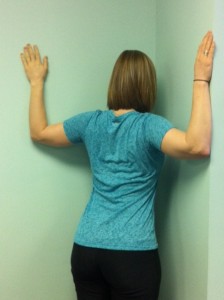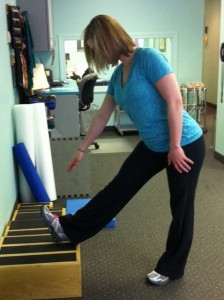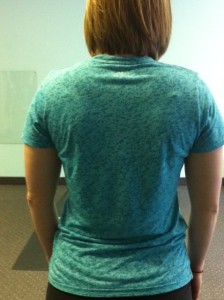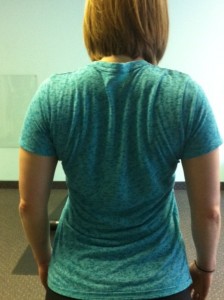The risk of falling increases with age and is greater for women than men. There are many causes for falls such as medication side effects, environmental hazards in the home, poor vision, and decreased muscle strength. Being too sedentary can result in poor muscle tone, decreased strength, and a loss of bone mass. Listed below are tips to lessen your risk of falling.
- Repair cracks in sidewalks/steps or raised thresholds in doorways.
- Make sure there are handrails on both sides of steps.
- Trim shrubs next to walkways.
- Have adequate lighting in each room and the hallways.
- Don’t wax floors.
- Don’t climb stools or ladders.
- Change the color of the transitions into different rooms and on the steps.
- Put nonskid pads under rugs so they won’t slide.
- Get rid of throw rugs.
- Use a raised toilet seat and make sure there are grab bars in the bathroom.
- Use nightlights.
- Use a walker or cane if the doctor advised you to and make sure you are using it properly.
- Sit on the edge of the bed for a few minutes before standing to avoid dizziness.
- Get regular eye checkups.
- Wear supportive shoes.
- Make sure you are taking enough calcium and vitamin D.
- Make sure you are doing some weight bearing exercises.
Weight bearing exercises build bone mass. If you are not sure which exercises to do, Harbor Physical Therapy can instruct you in a home exercise program to help decrease the likelihood of falling.




